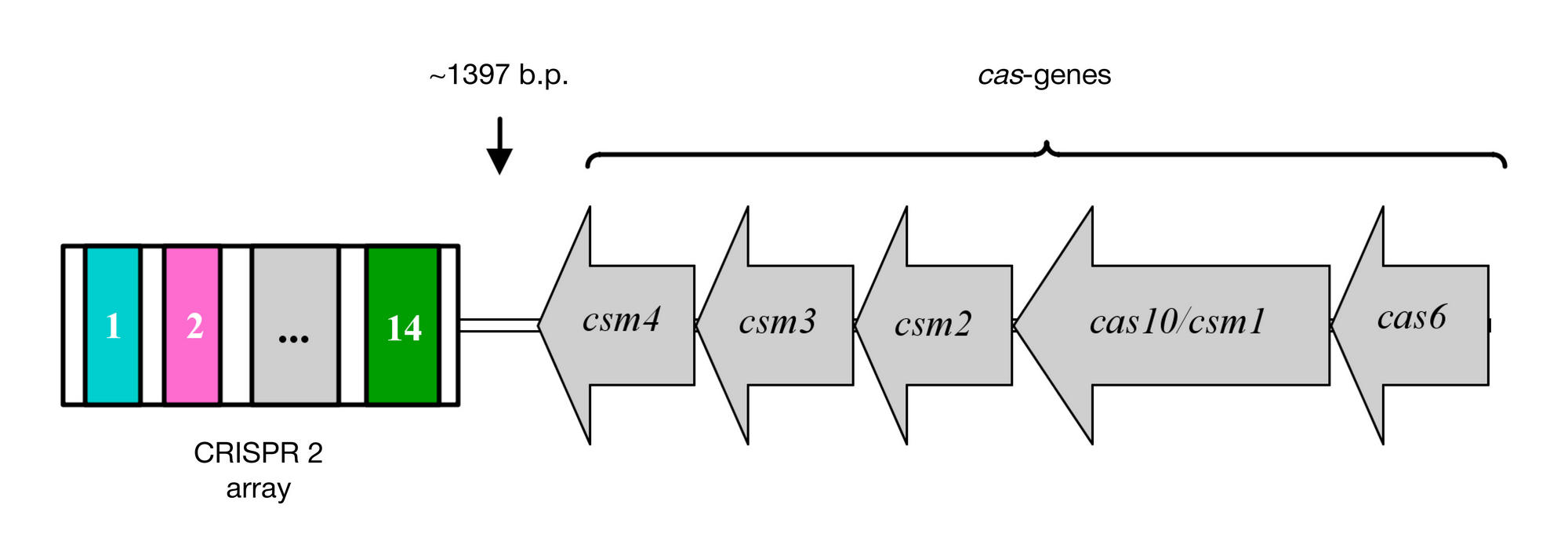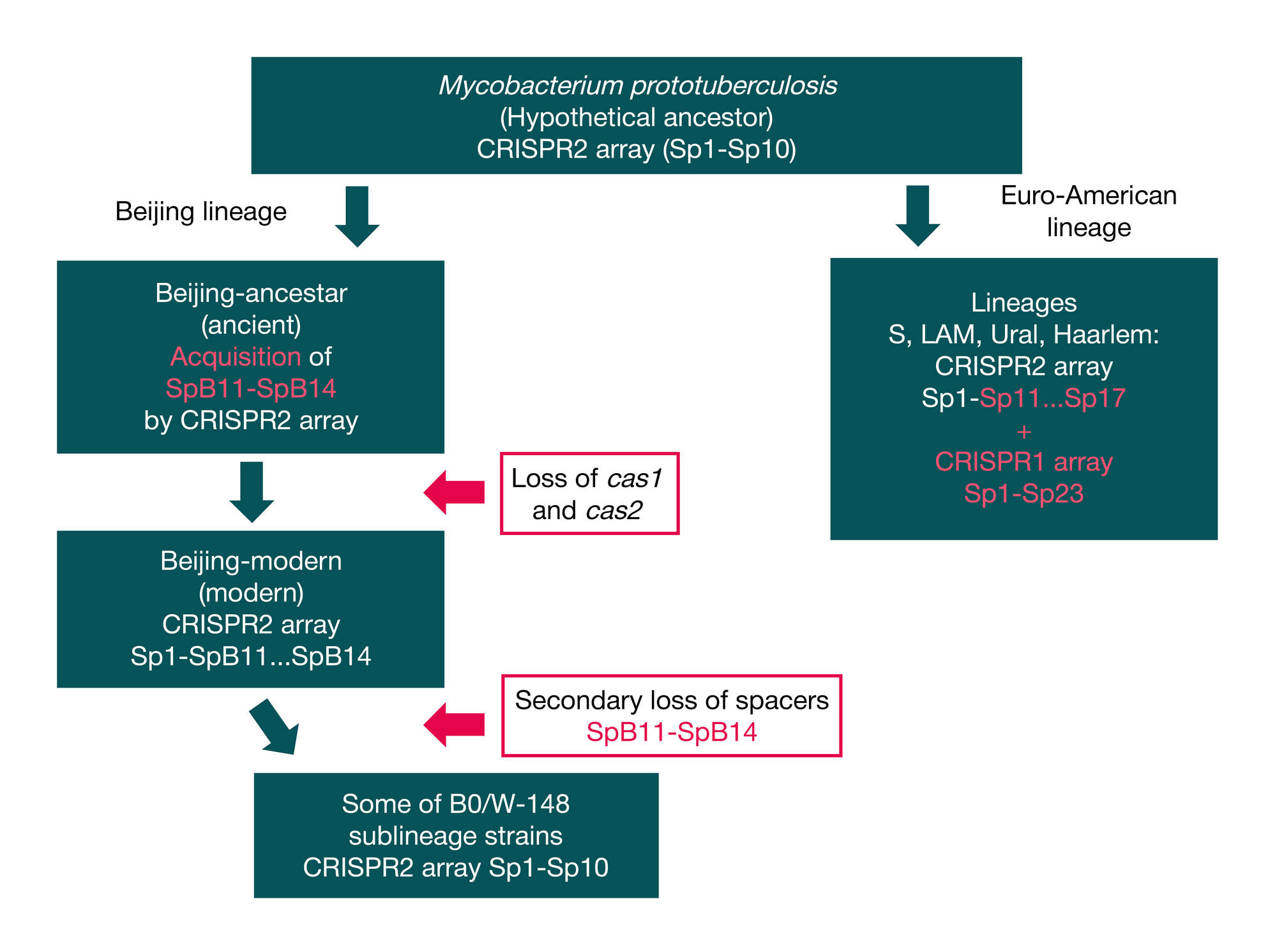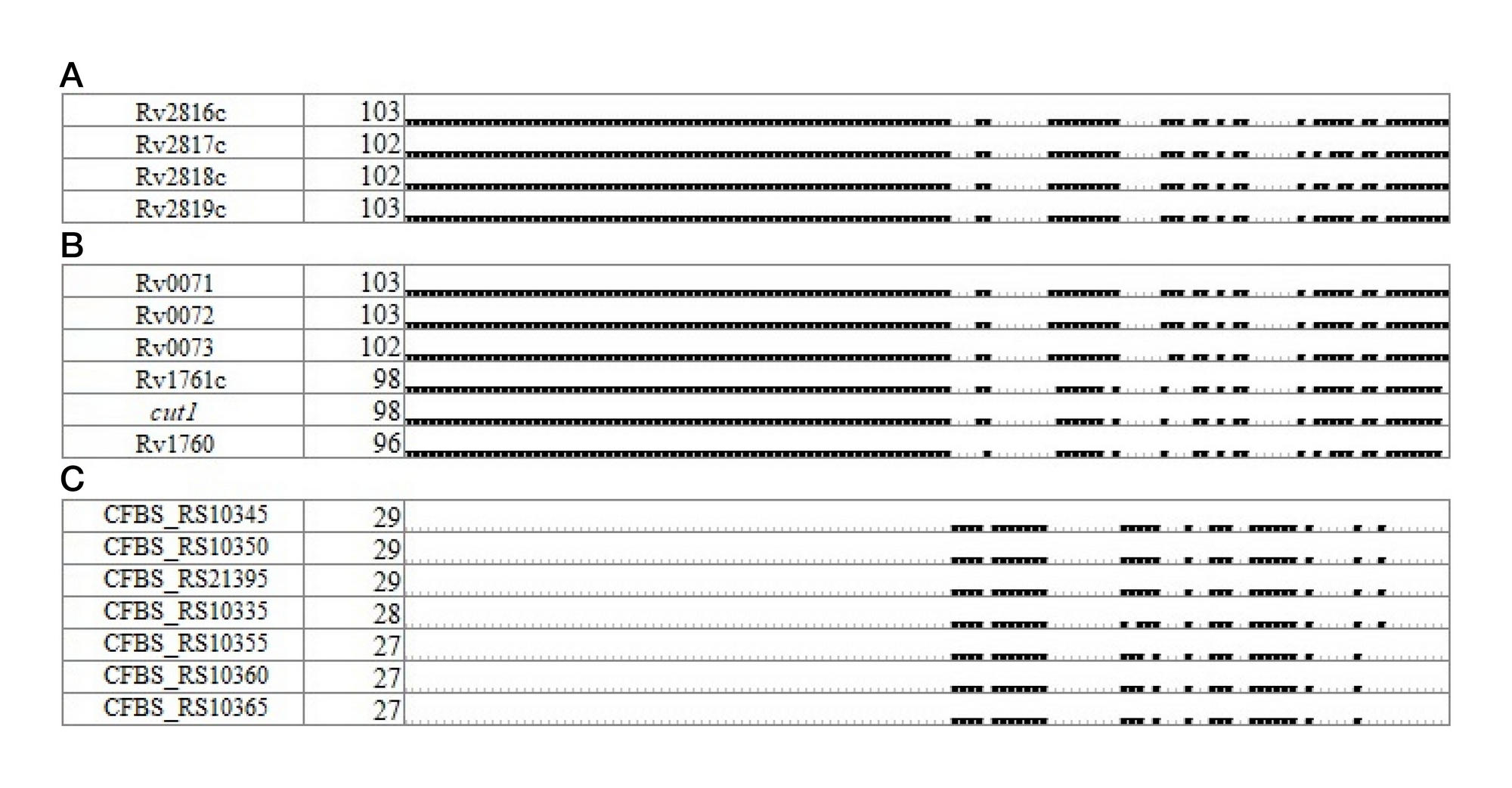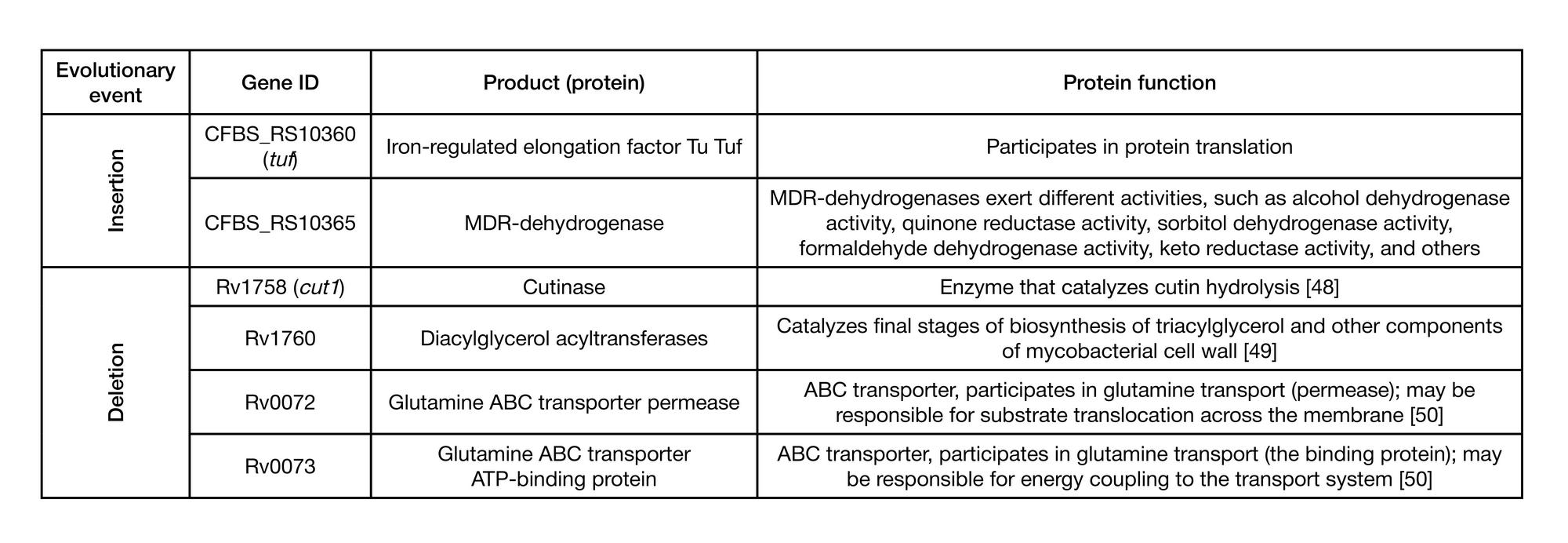
ISSN Print 2500–1094
ISSN Online 2542–1204
Bulletin of RSMU
BIOMEDICAL JOURNAL OF PIROGOV UNIVERSITY (MOSCOW, RUSSIA)

1 Vavilov Institute of General Genetics, RAS, Moscow
2 Department of Bioinformatics, Faculty of Biological and Medical Physics,Moscow Institute of Physics and Technology (State University), Dolgoprudny
Correspondence should be addressed: Marina Zaychikova
ul. Gubkina 3, Moscow, 119991; ur.xednay@51zaniram, ur.ggiv@direlav






